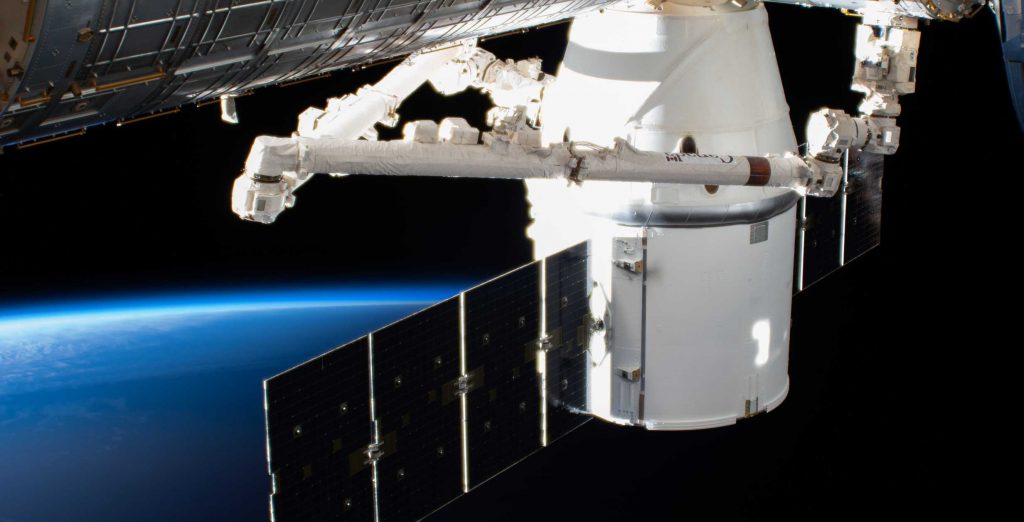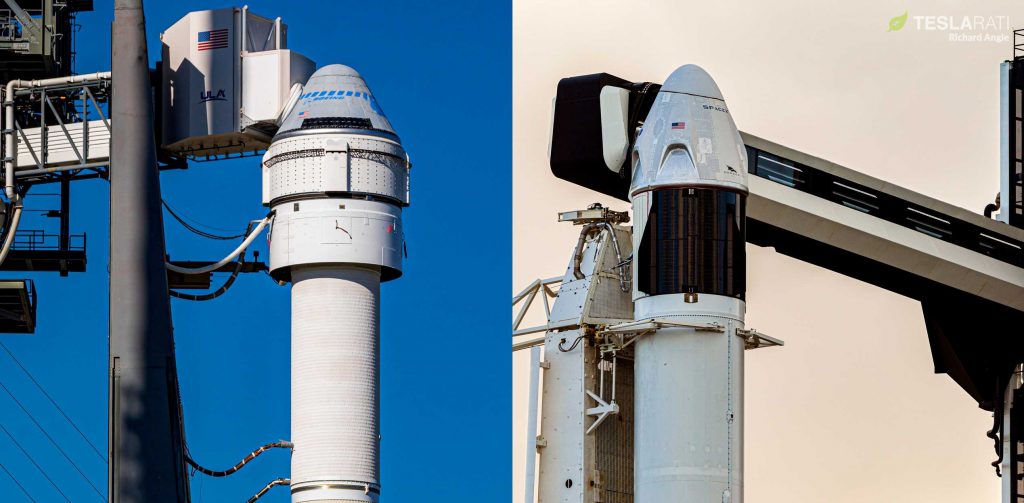SpaceX’s second astronaut launch is a a step closer to flight after NASA and JAXA announced the third and fourth astronauts assigned to ride Crew Dragon to the International Space Station (ISS) on its first operational mission.
On the cusp of March 30th and 31st, the Japanese Space Agency (JAXA) made the first Crew Dragon-related announcement of the day, revealing the assignment of astronaut Soichi Noguchi to SpaceX’s Crew-1 launch. Hinging entirely on the success of SpaceX’s imminent Demo-2 astronaut launch debut, a critical demonstration mission scheduled to launch no earlier than mid-to-late May 2020, Crew Dragon’s Crew-1 mission will be the spacecraft’s first operational mission ferrying humans to and from the space station. NASA followed up JAXA’s announced hours later, revealing that astronaut Shannon Walker would be the fourth and final crew member aboard Crew Dragon’s Crew-1 launch.
Including Boeing’s Starliner and SpaceX’s Crew Dragon crewed demonstration missions, known as the Crewed Flight Test and Demonstration Mission 2 (Demo-2 or DM-2), respectively, NASA has purchased six astronaut launches from both providers. In theory, one Starliner and Crew Dragon launch per year – spaced out six or so months apart – should be enough to meet NASA’s space station transportation needs, meaning that the space agency’s 12 contracts should last until 2025 or 2026. Boeing’s Starliner appears to be delayed indefinitely after multiple near-catastrophic failures on its first Orbital Flight Test (OFT) but if SpaceX’s Demo-2 mission goes as planned, Crew Dragon could be set to enter operational duty as early as Q4 2020.

SpaceX’s Crew-1 mission manifest now includes NASA astronauts Mike Hopkins, Victor Glover, and Shannon Walker, as well as JAXA astronaut Soichi Noguchi and will likely carry an additional 100-200 kg (200-400 lb) of cargo to the International Space Station (ISS). While all eyes are reasonably on Crew Dragon’s Demo-2 mission, right now, the spacecraft’s Crew-1 through -5 missions are where SpaceX has the opportunity to gain extensive experience launching humans on an operational, semi-routine basis.
Making up at least half of the backbone of NASA’s new domestic astronaut launch capabilities, Crew Dragon and Falcon 9 will hopefully prove themselves to be as reliable and dependable as they and their predecessors have been over the years. Cargo Dragon, SpaceX’s first orbital-class spacecraft and the first private vehicle to visit the ISS, has successfully resupplied the space station and safely returned to Earth each of the 20 times the spacecraft reached orbit. Unsurprisingly, SpaceX ran into intermittent technical issues over those numerous flights, but all of those anomalies were solved on the fly and never prevented mission success or spacecraft recovery.

Falcon 9’s first in-flight failure destroyed the CRS-7 Cargo Dragon spacecraft in June 2015 and cut the mission short before it could reach orbit, but the failure was entirely unrelated to Dragon. Falcon 9’s second catastrophic failure occurred less than 15 months later, also a fault of a small but explosive rocket design flaw. From January 2017 to March 2020, however, Falcon 9 and Falcon Heavy rockets have completed 58 consecutively successful launches. With that streak of success, by certain measures, Falcon has become the most reliable operational rocket family in the world, tied with ULA’s famously reliable Atlas V and slightly better than Arianespace’s Ariane 5.
In short, while Cargo Dragon can’t hold a candle to the sheer scale of Russia’s Soyuz and Progress spacecraft flight histories, Falcon 9 is one of the two most reliable launch vehicles in operation and Crew Dragon will stand on the back of one of the most reliable spacecraft ever built in recent history. With (perhaps more than a little) luck, Boeing’s Starliner spacecraft – launched atop Atlas V, the other most reliable operational rocket – will hopefully be able to develop its own record of reliability in the next several years, but it will never be able to compete with the Cargo Dragon heritage Crew Dragon directly benefits from.

Boeing’s next Starliner mission is up in the air after the spacecraft’s almost disastrous orbital launch debut. Most likely, NASA will require a second uncrewed flight test, this time including the space station rendezvous, docking, and departure attempt Boeing had to cancel after Starliner’s major software failure. A second OFT would likely be ready for flight no earlier than Q3 or Q4 2020, depending on NASA’s investigation findings and requirements. If NASA remains confident and things go perfectly during the likely OFT2 mission, Starliner’s Crew Flight Test (CFT) could maybe launch by the end of 2020.
Crew Dragon’s Demo-2 astronaut launch debut is aiming for what NASA says is a mid-to-late May launch, although the mission is more likely to fly in the late-May to mid-June time frame. If Demo-2 launches on schedule (H1 2020) and is as flawless as Crew Dragon’s uncrewed Demo-1 launch debut, SpaceX could be ready to launch its second astronaut mission (Crew-1) as early as Q4 2020, possibly around the start of the quarter. With so much contingent on near-term reviews and tests, schedules beyond Demo-2 are unsurprisingly fluid.

(adsbygoogle = window.adsbygoogle || []).push({});
<!–
–>
var disqus_shortname = «teslarati»;
var disqus_title = «SpaceX’s second astronaut launch a step closer after NASA announcement»;
var disqus_url = «https://www.teslarati.com/spacex-second-astronaut-launch-nasa-announcement/»;
var disqus_identifier = «teslarati-134642»;

